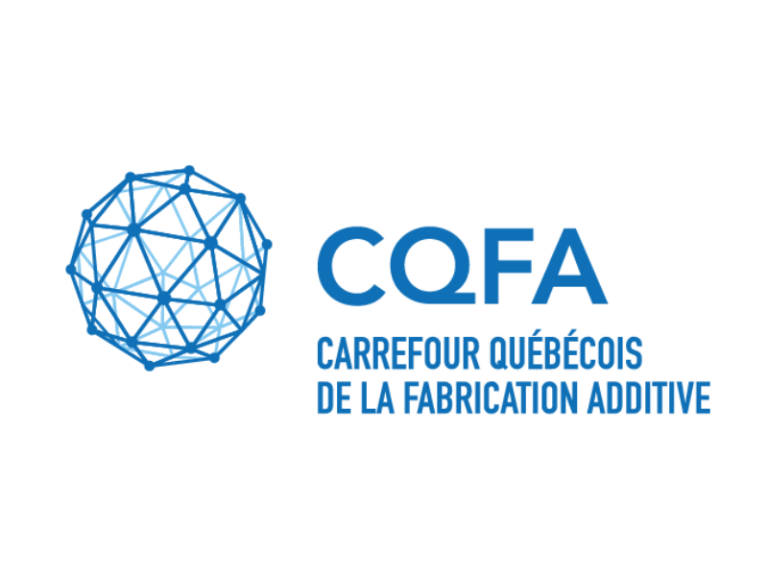
2023/02/14
In Envelope Additive/Subtractive Manufacturing and Thermal Post-Processing of Inconel 718
Atabay, S.E.; Wanjara, P.; Bernier, F.; Sarafan, S.; Gholipour, J.; Soost, J.; Amos, R.; Patnaik, P.. Brochu, M. (2022). In Envelope Additive/Subtractive Manufacturing and Thermal Post-Processing of Inconel 718. Materials 2023, 16(1), 1.
This study investigated the application of an in envelope additive/subtractive (LPBF) manufacturing method (Matsuura LUMEX-Avance-25) to fabricate IN718 benchmarking coupons. The coupons were then examined comprehensively for surface finish both with and without high-speed micro-machining. The microstructure of the manufactured IN718 coupons was investigated thoroughly in the as-fabricated condition and following three different standard and one non-standard post-processing heat treatments. As built coupons revealed columnar grain morphology mainly along the <100> direction with a cellular dendritic sub-grain structure and without any strengthening precipitates. Grain size, aspect ratio, and texture were maintained after each of the applied four heat treatments. Only one of the standard heat treatments resulted in the δ phase formation. The other three heat treatments effectively dissolved the Laves phase preventing the δ formation while promoting the formation of γ′/γ″ precipitates. Despite the observed differences in their microstructures, all of the heat treatments resulted in similar yield and ultimate tensile strength values that ranged between 1103–1205 MPa and 1347–1387 MPa, respectively. These values are above the minimum requirements of 1034 MPa and 1241 MPa for the wrought material. The non-standard heat treatment provided the highest elongation of 24.0 ± 0.1% amongst all the heat-treated specimens without a significant loss in strength, while the standard heat treatment for the wrought parts resulted in the lowest elongation of 18.3 ± 0.7% due to the presence of δ phase.